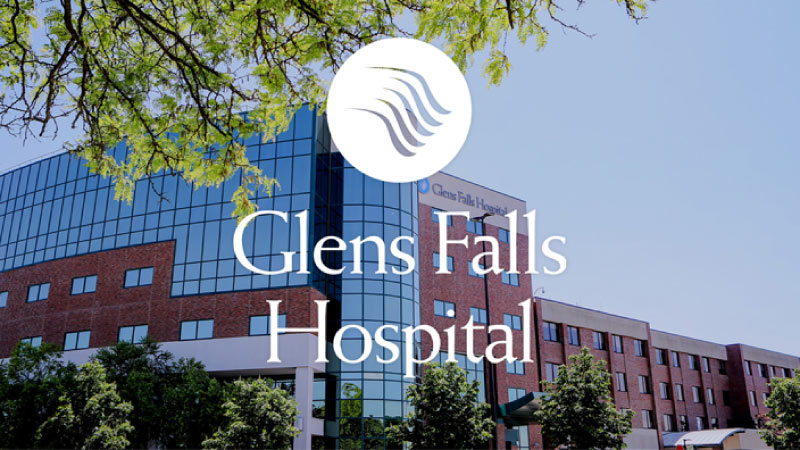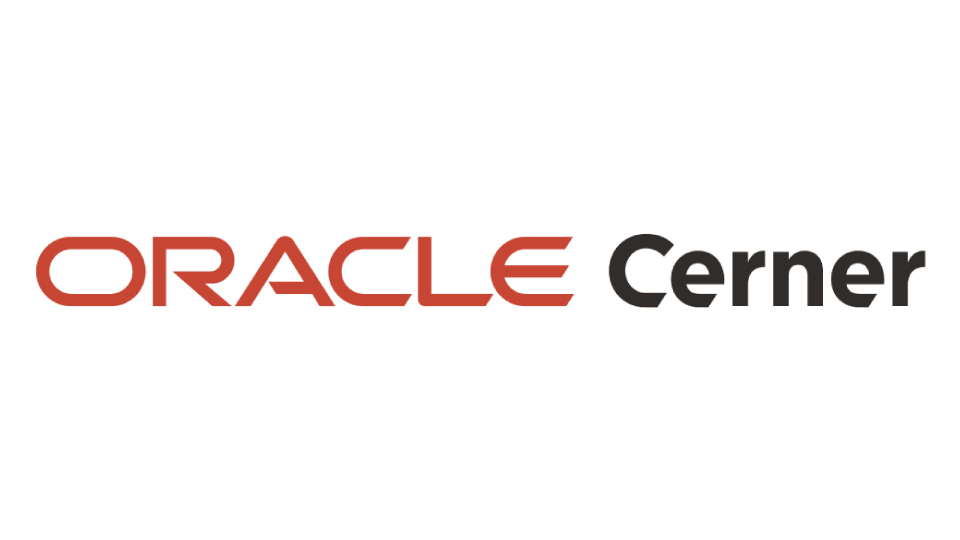U.S. health systems face immense pressure to operate efficiently. Just to keep their balance sheets in check and doors open, hospitals need to improve productivity faster than the rest of the economy.1 This pressure leads many organizations to change their operational strategies, both tactically and philosophically.
Leaders at New York’s Glens Falls Hospital adjusted their strategy by embracing the power of data to help streamline operations, overcome resource limitations and prioritize patient care. Within months, their changes helped the Cerner ITWorksSM 2 client manage nursing utilization while decreasing patient transfer and transport times.
“We are committed to evidence-based practice and really trying to drive outcomes,” explained Vice President, Patient Services and Chief Nursing Officer Donna Kirker MS, RN, NEA-BC. “We’re not only focused on patient outcomes but also improving our work environment to increase nurse satisfaction.”
In May 2018, nursing leaders began using Clairvia® and CareAware Capacity Management® to support staffing based on patients’ acuity, or the level of care they need. The tool uses clinical data from the electronic health record to help calculate patients’ care needs and nurses’ corresponding workloads. Nursing leaders use the information to make equitable patient assignments.
“We are more effectively managing productivity targets since implementation,” Kirker said.
Glens Falls Hospital also uses CareAware Patient Flow® to integrate nursing management, environmental services and transport functions. Flow nurses, who focus on improving the hospital’s efficiency by expediting discharges and admissions, use the tool to assign beds based on patients’ clinical needs.
“Historically, we only admitted patients to this or that floor,” explained Director of Nursing Operations John Green MSN, RN. “Now, we’ve broken down those walls, so admission decisions make more sense — they correlate with utilization data.”
The shift can be challenging for organizations used to traditional staffing models. Leaders at Glens Falls garnered understanding and support by delivering relevant data, when and where it’s needed.
“Flow nurses are out on the units looking at Capacity Management, looking at volume and acuity,” Green explained. “They’re able to share utilization information with leaders on the floor like, ‘I know this patient would typically go to another floor, but their utilization is higher, you’re in a better spot to deliver care and it’s all about the patient.’”
CareAware Patient Flow’s mobile capabilities help enhance productivity by keeping environmental services staff and transporters active throughout their shift.
“We’re making sure we identify which patients need to go where, and we’re improving our throughput numbers,” explained Director of Informatics and Chief Nursing Information Officer Mike Durling MS, RN.
Each data-driven decision aggregates to influence efficiency. Just 11 months after the initiative began, Glens Falls Hospital reduced average patient transport times by 5.2% and average transfer times by 28.5%.3
The information isn’t just guiding decisions at the unit level. It’s shaping policy too.
“We have influenced policy based on the metrics,” Green said. “We’re breaking down throughput to see who we need to influence and where policy needs to be changed to keep improving.”
Leaders see those results as the start of something bigger. They plan to continue streamlining operations with an integrated centralized logistics center.
“That’s our vision,” Durling said. “Having everybody working on the same goal, in the same place and forcing conversations to go in the same direction — making sure we’re not siloed any longer.”
Learn more about CareAware Capacity Management
1 If hospitals match the overall economy’s productivity gains, the share of facilities with negative profit margins is expected to increase from 27% in 2011 to 41% in 2025. “CBO’s Analysis of Financial Pressures Facing Hospitals Identifies Need for Additional Research on Hospitals’ Productivity and Responses,” Congressional Budget Office, September 8, 2016, https://www.cbo.gov/publication/51920
2 Clairvia is an EHR-agnostic solution that does not require a Cerner ITWorks agreement or Cerner Millennium®.
3 Comparing an average of June 2017-April 2018 monthly median times to an average of June 2018-April 2019 monthly median times


